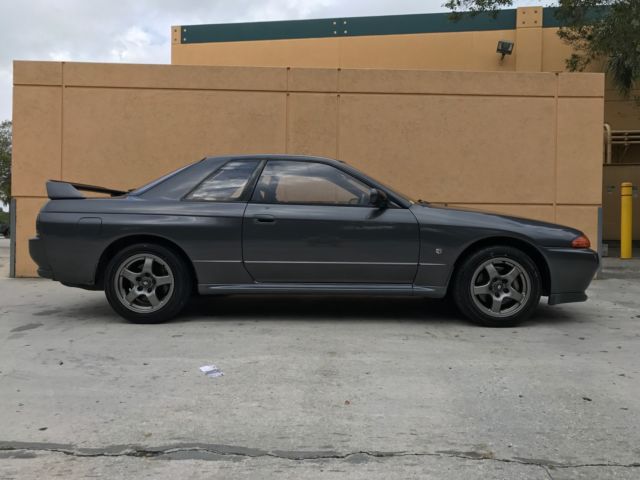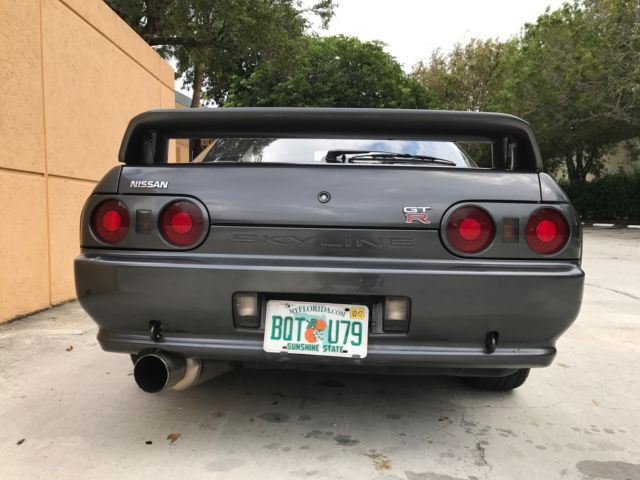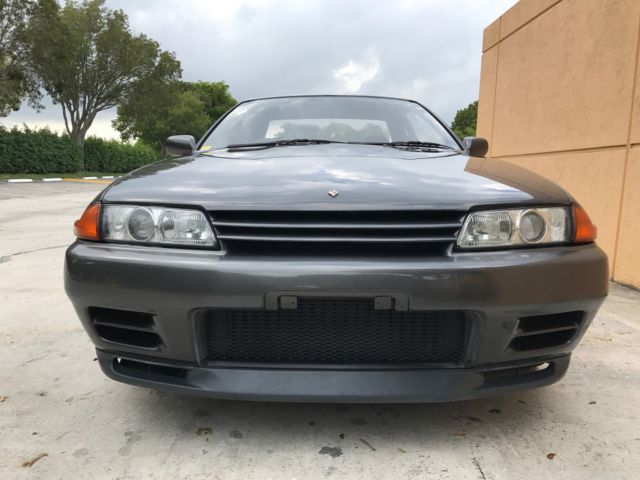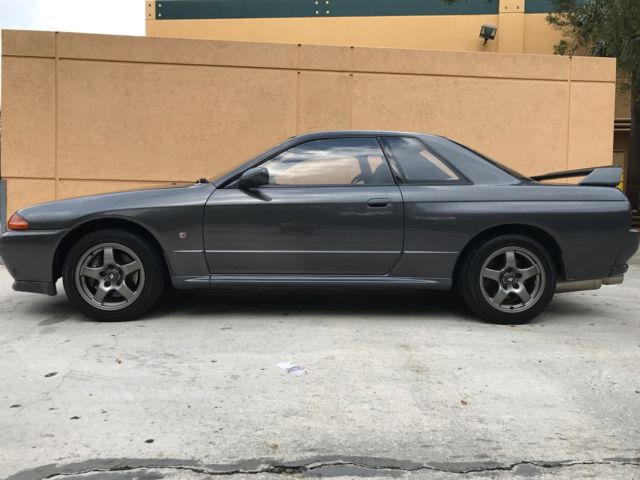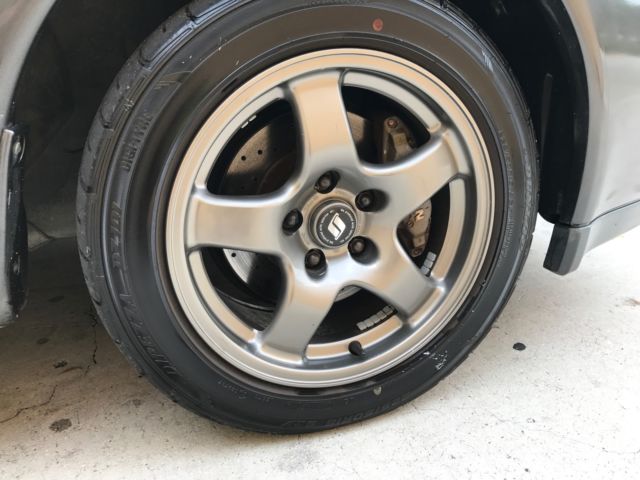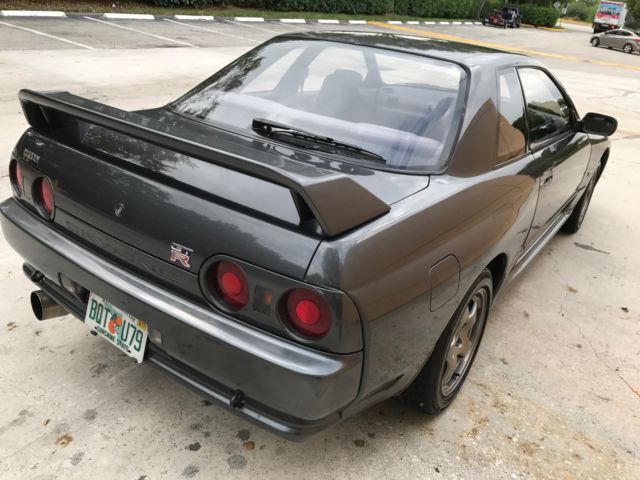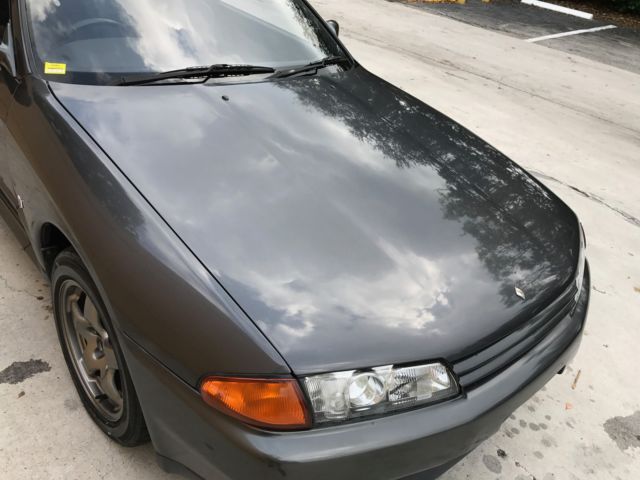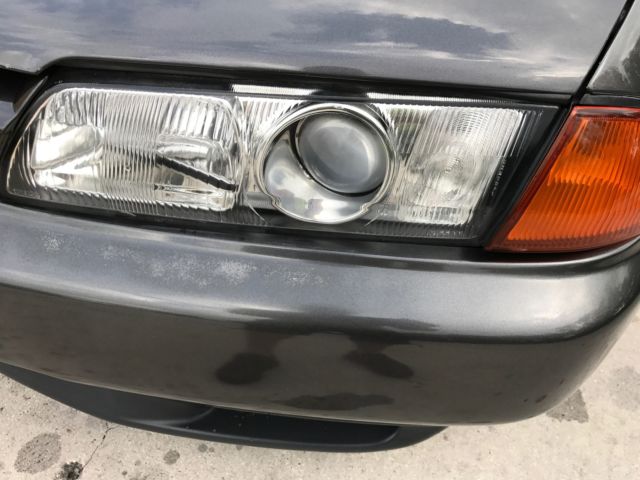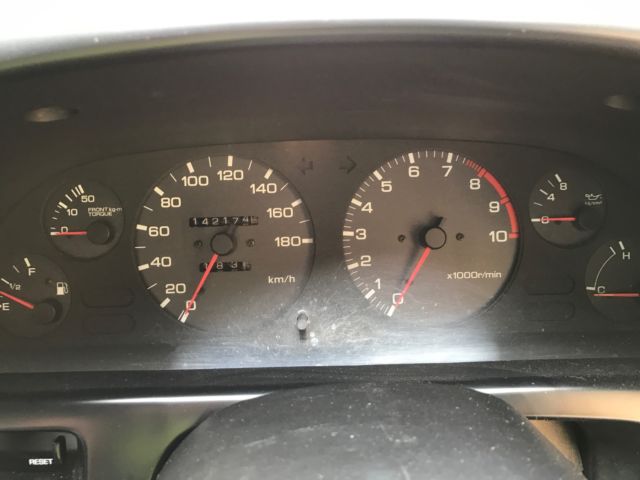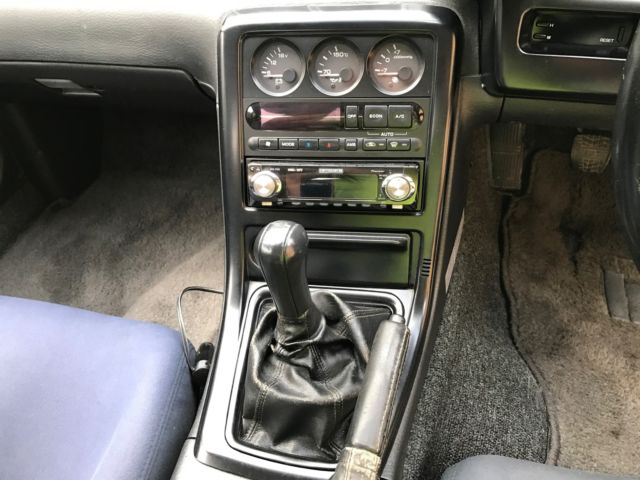1990 Nissan Skyline GTR R-32 Right Hand Drive from Japan! AWD Twin Turbo
Technical specifications of Nissan GT-R 1990
| Price: | - |
|---|---|
| Condition: | Used |
| Item location: | Boca Raton, Florida, United States |
| Make: | Nissan |
| Model: | GT-R |
| Type: | Coupe |
| Trim: | Skyline R32 |
| Year: | 1990 |
| Mileage: | 88,234 |
| VIN: | 00000000000000000 |
| Color: | Gray |
| Engine size: | V6 Twin Turbo |
| Number of cylinders: | 6 |
| Transmission: | Manual |
| Drive type: | AWD |
| Interior color: | Gray |
| Vehicle Title: | Clear |
| You are interested? | Contact the seller! |
Description
1990 Nissan Skyline GTR R32 Twin Turbo in superior condition. Just imported from Japan, Only 88,234 miles. Right hand drive, 100% Legal in US. All customs entry paperwork is on hand.Car isextremely fast and solid. Car runs great, all major service was done in Japan prior to exporting it, all books and manuals on hand. Car is in it original condition, no majormodifications, front and rear strut reinforcement bars.Serious buyers onlyplease. I will not end the auction early, so please do not ask. Good Luck and GOD Bless!NISSAN SKYLINE GTR R32
After cancelling the Skyline GT-R in 1973, Nissan revived the GT-R again in 1989. At the timeNissanwas competing inGroup ARacing with the Skyline GTS-R.Nissanwanted to retire the GTS-R in favor of a more competitive vehicle. The new generation GT-R,E-BNR32chassis (commonly shortened toR32), was designed to dominate Group A racing.
Nissan Kohki (Nissan's power train engineering and manufacturing facility) originally tested a twin turbocharged 2350cc bored and stroked version of theRB25 engine. This set up produced 233kW (313hp) and used aRWDdrivetrain. Under Group A regulations, a turbocharged engine must multiply its engine displacement by 1.7, putting the new Skyline in the 4000 cc class, and requiring the use of 10-inch-wide tires. Knowing that they would be required to use 10-inch-wide tires,Nissandecided to make the carall wheel drive.Nissandeveloped a special motorsport-oriented AWD system for this purpose called theATTESA E-TS. Although this assisted with traction, it made the car 100kg (220lb) heavier; the added weight put the GT-R at a disadvantage to other cars in the 4000 cc class.Nissanthen made the decision to increase the displacement to 2600 cc, and put the car in the 4500 cc class, with the car's weight near-equal to competing cars. The 4500 cc class also allowed for 11-inch-wide tires. New engine block and heads were then developed to better match the increased displacement. The result was a 600horsepowercar.[15]Later REINIK (Racing & Rally Engineering Division Incorporated Nissan Kohi) produced Group A racing engines between 373–485kW (500–650hp)[16]depending on track conditions.
This new 2.6L all wheel drive concept was put into production as the R32 Nissan Skyline GT-R. The R32 developed 206kW (276hp) and 266lb·ft (361N·m) of torque, it had a curb weight of 1,430kg (3,146lbs).Nissanofficially started its production run August 1989,[17]and began its Group A campaign in 1990. Due to strict Group A homologation rules,Nissanwas required to also sell a series of the Skyline GT-R that more accurately reflected the car they use in Group A racing. They called this series the Skyline GT-R 'Nismo' edition.
The Skyline GT-R 'Nismo' (identified by the model code suffix "RA") was introduced on 22 February 1990. A production run of 500 units was required under theGroup A"Evolution" special regulations. An additional 60 where produced and held by Nissan to turn into race cars, giving a total production of 560 units.[18]Its purpose was tohomologatea number of changes, mostly aerodynamic and weight-saving, for use in Group A racing. Aerodynamic changes included: two additional ducts in the front bumper to improve airflow to theintercooler, a bonnet lip spoiler to direct more air into the engine bay, deeper rear spats, and an additional boot lip spoiler to provide more downforce. The 'Nismo' car deletedABS, which was not legal in Group A, and the rear wiper, to save weight. The bonnet and front fenders were made of aluminium rather than the standard steel, again to save weight. The GT-R Nismo was only available in colour code KH2 "Gun Grey Metallic".
A rear view of an R32, showing the traditional four round taillightsThe Skyline GT-R 'N1' model (identified by the model code suffix "ZN"), was introduced on 19 July 1991, and designed for home-marketN1racing with a total of 245 units eventually produced (118 of these are 'N1', 64 are 'V.spec N1', and 63 are 'V.spec II N1' - see below explanation of 'V.spec'). The most notable change was in the engine, which was upgraded to the R32-N1 specification. Like the 'Nismo' car it was also lightened by the removal of the ABS, and rear wiper, but for 'N1' the air conditioning, sound system, and boot carpet were also deleted, and distinctive light-weight headlights were fitted. 'N1' cars also had reinforcing for the brake master cylinder and additional brake cooling ducts under the car. All 'N1' cars were delivered with a thin layer of colour code 326 "Crystal White" paint. The result overall was a 30kg weight savings for a curb weight of 1,400kg.
To celebrate the success of the GT-R in both Group N and Group A racing,Nissanintroduced the Skyline GT-R V.spec ("Victory SPECification") package on 3 February 1993. The V.spec added Brembo brakes and a retunedATTESA E-TSsystem. The V.spec was available in both 'plain' and 'N1' variants, with all V.spec cars using the lightweight aluminium bonnet and front fenders from the 'Nismo'. The cars also replaced the standard 16" wheels with 17" BBS wheels with 225/45R17 tires. The V.spec had a list price of¥5,260,000.
Finally on 14 February 1994, the Skyline GT-R V.spec II was released, with the only change being wider 245/45R17 tires. The 'plain' V.spec and V.spec II had a curb weight of 1,480kg (3,256lbs), weighing 50kg (110lbs) more than the standard GT-R.[19]Total production of the V.spec I and II was 1,453 and 1,303 units respectively.
Total production of the R32 Skyline GT-R was 43,934 units, with production starting on August 21, 1989. An above average proportion of the GT-R's were sold in white: this is likely because white is the national racing colour of Japan in international motorsport.
